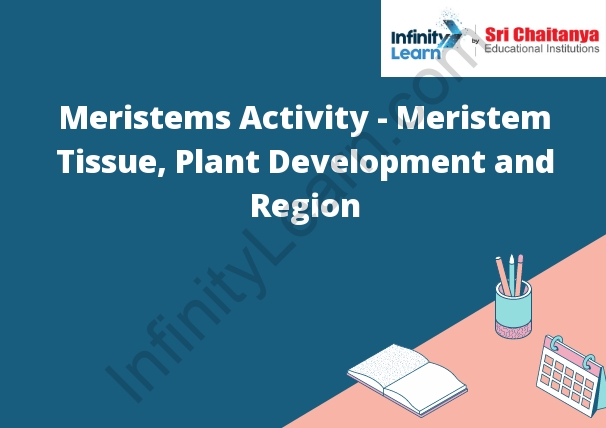Table of Contents
Introduction to Meristematic Tissue
Meristematic tissue is a type of plant tissue that is responsible for the growth and development of plants. This tissue is composed of actively dividing cells called meristematic cells. These cells are able to divide and differentiate into new cells, which allows the plant to grow.

Meristematic Activity
Each meristematic cell has the ability to divide and produce two daughter cells. The daughter cells are genetically identical to the mother cell and have the same potential to become any type of cell in the plant. The meristematic cells are located at the tips of the plant’s stem and roots. They are responsible for the growth of the plant.
Why are Vacuoles Absent in Meristematic Tissue?
The vacuoles are absent in meristematic tissue because they are needed for storage and they would take up too much space. The meristematic tissue is active and needs to be able to grow and divide quickly, so it doesn’t have time to waste on storing things.
Meristem Tissue and Plant Development
Meristem tissue is a type of plant tissue that is responsible for the growth and development of plants. This tissue is found at the tips of plant stems and roots, and it is composed of actively dividing cells that are capable of producing new plant tissue. The cells in meristem tissue are able to divide and grow rapidly, allowing the plant to grow taller and produce new leaves, flowers, and other organs.
Region of Meristematic Activity
The region of meristematic activity is the location in a plant where new cells are constantly being produced. This area is found at the tips of the stems and roots, and in the buds of flowers and leaves. The cells in the meristem are small and have a high rate of division, allowing the plant to grow and spread.







